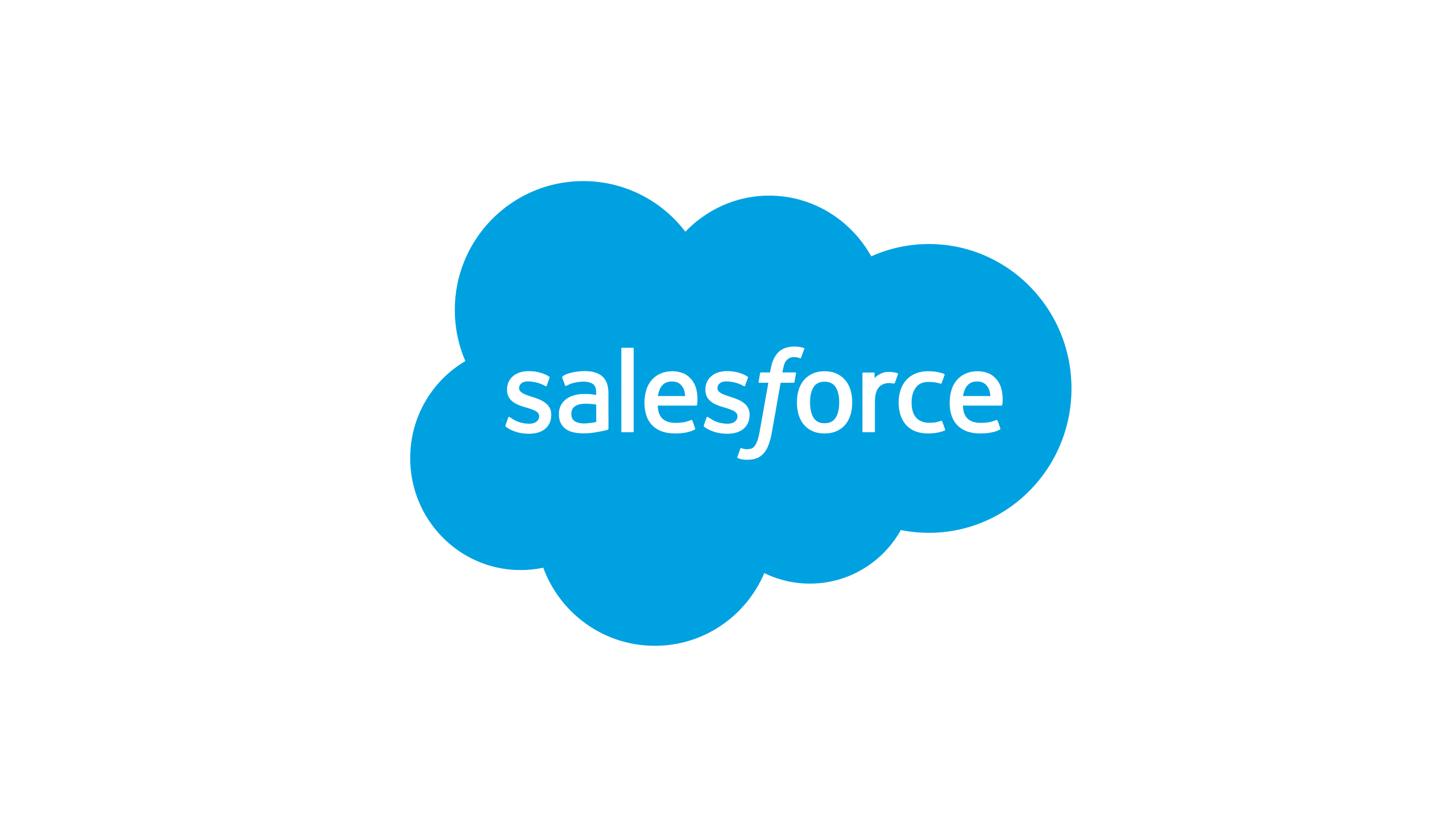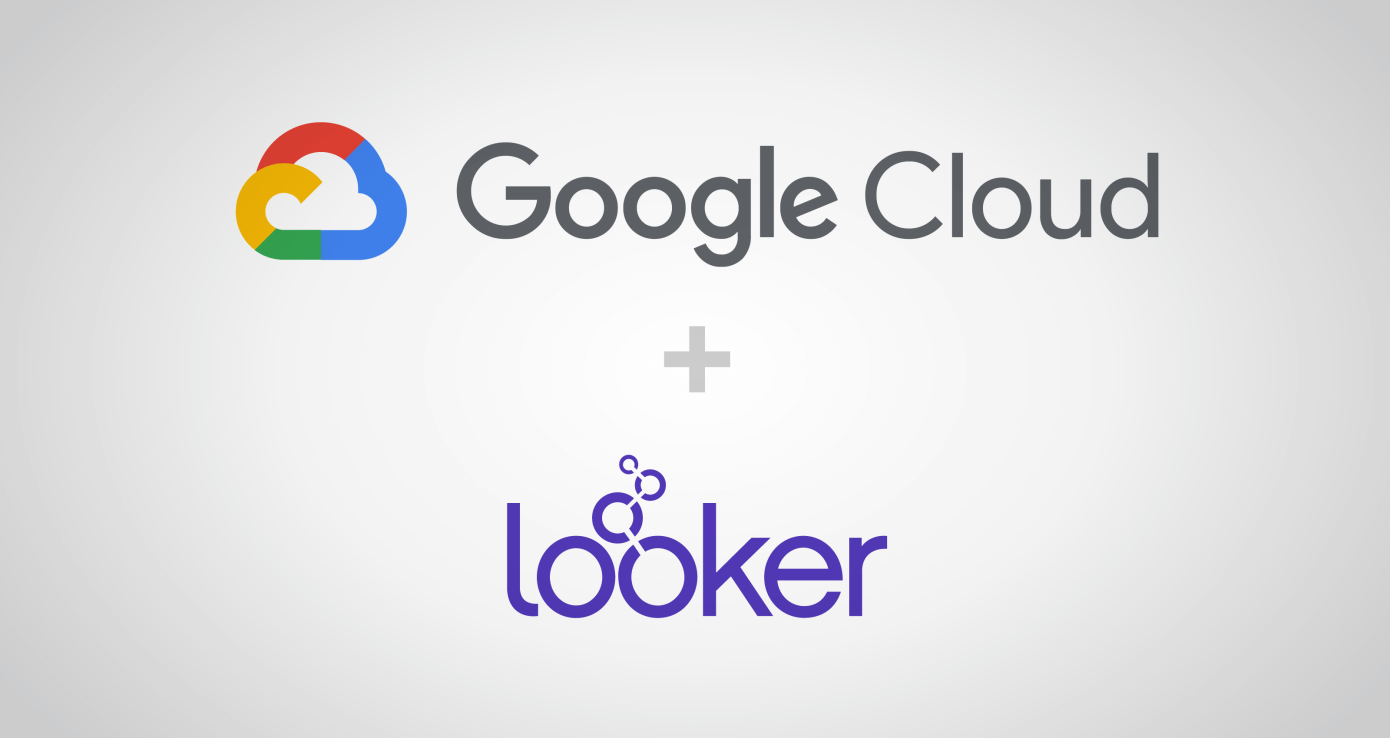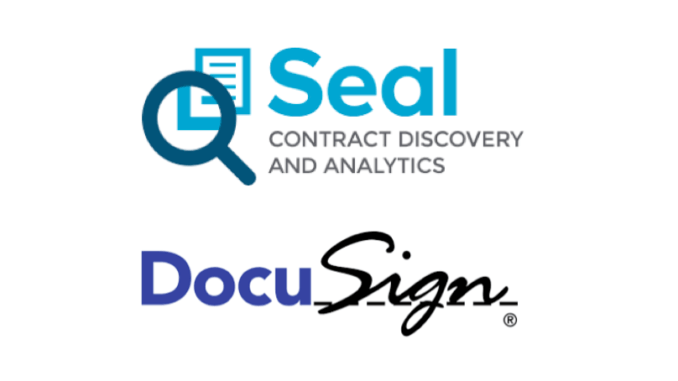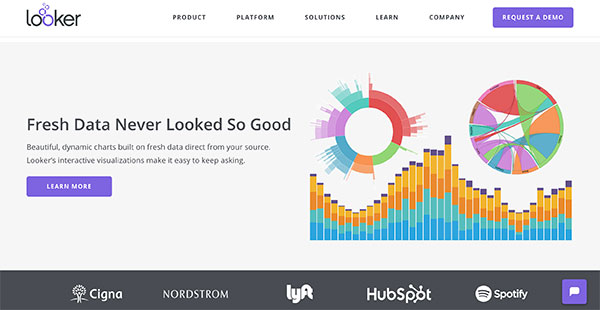The business intelligence space moves quickly, and concepts that hadn't got any traction in recent years can quickly become the hottest new topic in data analysis. In the same way, certain features and implementations lose their luster as they're replaced by newer and better ideas.
To stay competitive and win business in 2022, companies need to harness the power of the newest and most cutting-edge BI concepts. These are the trends that will define business's BI strategy this year and the years to follow:
- Embedded analytics
Embedded analytics remain extremely popular, and they'll continue to dominate any BI conversation going into 2022. Businesses continue to choose embedded solutions over regular, cloud-based solutions regardless of their use case or industry.
It's not hard to see why so many businesses are interested in implementing embedded solutions. Embedded analytics streamline workflows and make businesses more valuable to their clients and customers. They're one of the most effective ways for businesses to make their operations more data-driven.
With an embedded solution, businesses can place BI-powered dashboards and visualizations on any page that they own, not just ones managed by their BI vendor. While this may not seem like a very powerful innovation, it allows businesses to use their BI tools in an almost endless amount of new ways.
Businesses can use embedded analytics to give their clients access to their data, through an embedded portal or other methods that limit what a client can see. This way, a business can provide deeper value to their clients by providing them the power of a BI implementation.
Many businesses have started to implement white-labeled BI solutions. White-labeled solutions leverage the power of embedded analytics to provide BI computing power to clients and customers, without any sign that the client's data is being handled by a third party.
Embedded analytics can be useful internally, as well. Internal embedded dashboards and visualizations are very popular, especially among larger businesses. By embedding a dashboard into an internal webpage or app, businesses can give more of their employees access to data, without paying for extra user licenses.
These are just some of the more common embedded use cases. Embedded analytics is a very powerful and flexible tool, and it can be used to meet tons of different use cases in tons of different industries. Embedded analytics is quickly becoming the default way that businesses implement their BI system.
Businesses that want to stay competitive should look at implementing an embedded solution sometime this year, even if they already have a modern cloud-based BI system.
- No-code BI
In the last few years, 'no-code' has become one of the most common buzzwords that marketers use to pitch a new BI tool. It seems that every BI vendor, old or new, is pitching their software as no-code or 'low-code'.
What does no-code even mean? Is having a no-code BI tool especially useful? The discourse is confused, and it's hard to tell where the marketing ends and the benefits begin.
A no-code tool is any tool that doesn't require any coding knowledge to operate. In this way, it's somewhat similar to the term 'self-service', which describes features that are simple enough for any employee to use.
No-code tools go beyond self-service, though. The key with no-code tools is that they often automate features that in the past would have required a code solution to use effectively. It's about accessing features of a BI tool that were previously only limited to experts and developers.
Many BI tools are making complicated parts of their system no-code or low-code. One of the first systems to go no-code in a broad sense is ETL. In 2022, it's the norm that a BI tool's ETL system will be no-code or low-code. Recently, many BI vendors have made more of their complicated systems no-code.
No-code often comes alongside some sort of app store, where users can download off-the-shelf code solutions for their problems. In this way, a BI vendor can leverage their community to make more of their complicated features no-code, at least for some use cases.
As BI vendors move away from code-first software and towards self-service BI, expect more and more vendors to promote features by calling them 'no-code' or 'low-code'. Often, these tools aren't quite as user-friendly as advertised, but they can be a massive help in some cases.
- Improved data storage
Since so much has moved online in the past couple years, businesses are collecting far more data than they ever did before. Even small businesses and startups often have data requirements that far outpace basic data storage solutions.
Many businesses, not just large businesses and enterprises, are unlocking the power of using standalone data warehousing solutions rather than relying on ad-hoc storage or their BI tool. Lower prices and more competition in the data storage space mean it's more cost-effective than ever before to make the switch.
In these situations, it's very common for businesses to look at cloud-based storage solutions like Snowflake or Amazon Redshift instead of storing their data on-premise. Cloud-based solutions are already a huge part of the data storage market, and we expect that to continue going into 2022.
Even large businesses are improving their data warehousing. Many large businesses are moving from a central data warehouse model to a data mart model, where the data on a certain topic or for a certain department is stored in a way that means the business doesn't have to access their data warehouse to get at it.
This method of data management is another way for businesses to streamline their data access without limiting what they're storing. This way, those managing data governance can just grant access to a data mart instead of building careful governance rules around the data warehouse.
In addition to data warehouses and marts, many businesses are investing in data lakes. Data lakes are a place for businesses to store all the unstructured data that they collect; things like images, video, longform text, and audio files. Data lakes are harder to query, but they allow businesses to store large amounts of qualitative data.
Regardless of size or method, businesses are looking for more effective ways to manage and store huge amounts of data. Executives and managers who are unhappy with their current data solutions ought to upgrade to something more effective this year.
- Self-service machine learning
The last major trend that will define 2022 is machine learning. Machine learning has been a huge part of the BI industry for decades now, and that'll only continue as more businesses start to access larger data sets.
The wrinkle that makes machine learning different in 2022 is the rise of self-service machine learning. In the past, businesses needed time, resources, and analysts to devote to the problem of machine learning. With self-service ML, though, they'll soon be able to do it themselves.
Many BI vendors have introduced tools or are set to introduce tools that help the average BI user to perform machine learning algorithms on their data. In the same way that self-service analytics helped businesses to unlock the power of dashboards and visualizations, self-service ML will help businesses unlock the power of machine learning.
Machine learning has the potential to be very useful to a wide range of businesses, in a variety of different industries. This is why so many companies are eager to do machine learning, despite the cost. It helps businesses to do more accurate forecasting, boost lead generation, and increase sales.
Large online retailers use machine learning algorithms to decide what sort of products to show customers. This is the ubiquitous 'Customers like you bought' banner that shows up everywhere on places like Amazon or Wayfair.
Smaller retailers would also like to auto-recommend products to their customers, but they rarely have the resources to build the same kinds of machine learning algorithms that the largest retailers use. In the past, this financial barrier would have limited the ability of smaller retailers to compete.
With self-service machine learning, smaller retailers now can build product recommendation algorithms based on their own data, without involving a data analyst or having to spend a ton of money.
Self-service ML is still in the earliest stages, and it's not yet quite at the level of industry acceptance as other major trends. However, it is something to look for in the near future. Businesses that are quick to capitalize on this trend will be far more competitive than others.
Conclusion
2022 will be a year of change in the BI space. Advances in self-service BI, especially in machine learning, will have the potential to transform every business's BI implementation. More and more features, even complicated ones, will start to have no-code solutions.
These trends will help to make business intelligence far more accessible than ever before. If you haven't felt that BI is a good fit for your business, now's the time to rethink that. More and more, every business can make good use of a BI tool to do even complex analytics.
Some trends that have been a large part of the BI discussion will still be important in 2022. Embedded analytics isn't going anywhere, and will continue to climb in popularity as businesses begin to realize the unique benefits that it offers. Businesses will also continue to improve their data storage and management, so that they can effectively handle all their new data.
2022 is shaping up to be a transformative year in business intelligence. If your business hasn't invested in a BI tool yet, or if you're looking to upgrade the tool you already use, now's the best time to do so. Contact us today, and our team of experts can guide you through the process, connecting you to the BI tool that'll work best for your use case.





































